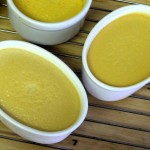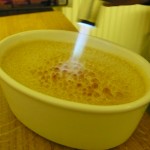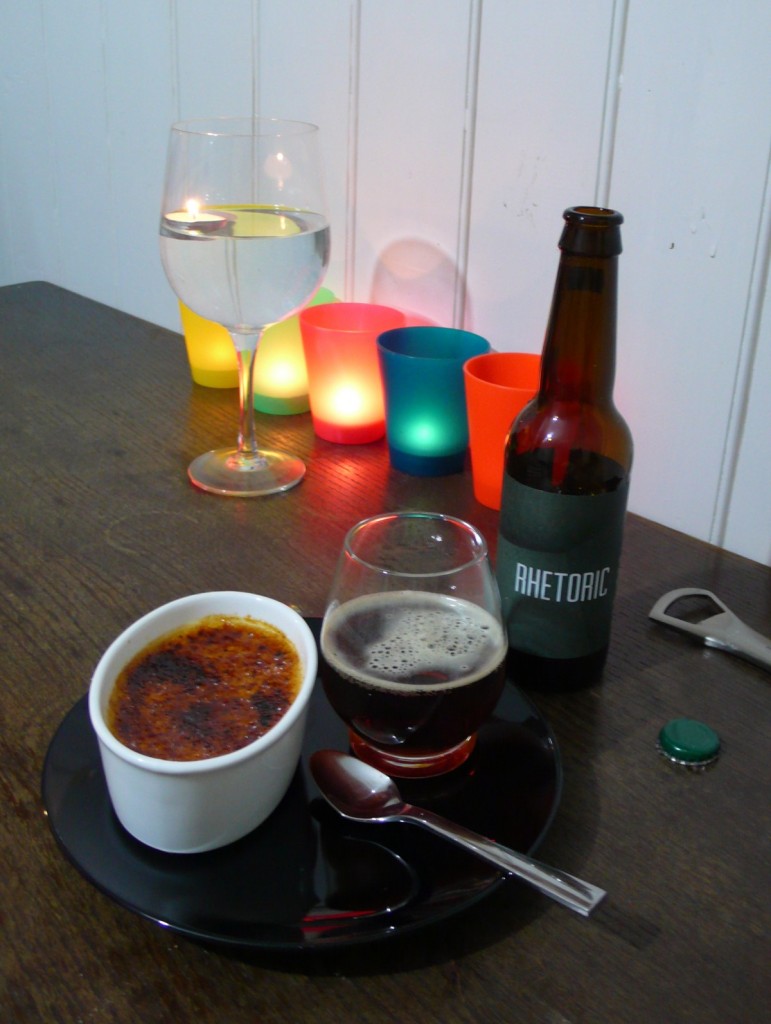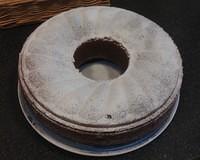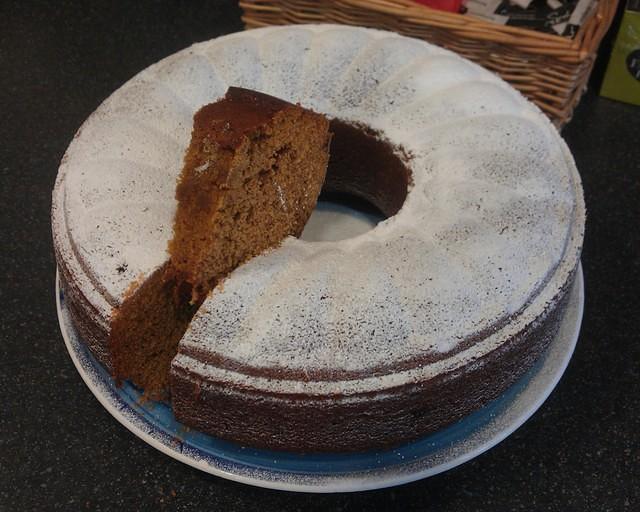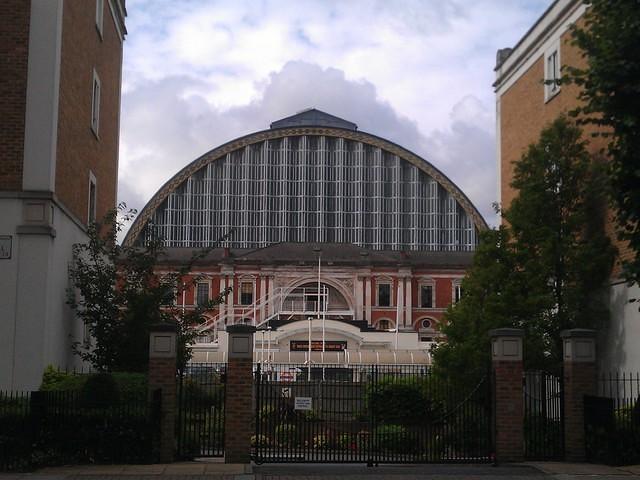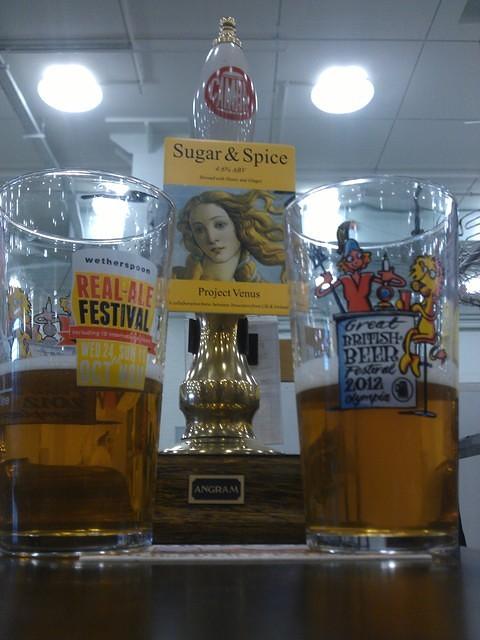I don’t rate beer any more. I’ve always struggled with the concept, and I’ve given up. Too much is dependent on context – place, time, temperature, company. The drinking of a beer is far too complex an experience to pint down with a number on a single-axis scale. From now on I don’t give beers ratings in Untappd, and any I have rated before I re-rate to ★★★★★ if I have them again.
Rating beer can be a rather personal thing for both the rater and the ratee. I’d suggest that breweries try not to pay too much attention to individual beer ratings, that way far too much angst lies!
I live with two different rating systems. First there is CAMRA NBSS. This is used by most of us CAMRA geeks/branches to pick pubs for the Good Beer Guide. Importantly it is a rating of the condition of the beer, not the beer itself. We’re rating the pub’s ability to keep and serve the stuff, not the brewery. (Sometimes the brewery is responsible for beer being in bad nick, but in this case the pub shouldn’t serve it!) Personally I find it difficult to judge a 4 from a 5 in NBSS terms… the level of technical “perfection” is pretty high already at this stage and 3 is already pretty good as it is. I expect that I and others often let personal beer preferences & general mood and atmosphere determine the difference sometimes.
NBSS is the first “beer rating” scale I ever really used. Nowdays I use Untappd far more often though. My NBSS scale of rating has bled through to this, but judging on a scale of “preference” (subjective) rather than “condition” (objective). I’ve copped a little flack a couple of times from brewers I know who think I’m saying their excellent beer is a bit “average”. I use Untappd mainly as a personal record of beer with the primary purpose of ratings being to record whether or not I think a beer is worth trying or buying again. Importantly, in the way I use it, anything from 3 starts to 5 starts is “good to perfect”.
This is my attempt to explain how I use Untappd ratings:
(0) — (Not sure this exists as a counted rating) Not rating this beer, either I’ve had too many or I can’t be assed. Also in the case where I think the beer condition is flawed at point of sale or I think the bottle/cask is broken/infected in some way.★ — “Yuck!” — Pretty awful. Covers drainpour through to just barely drinkable. Leaves a lasting negative impression, will probably never touch the stuff again. I try to avoid giving this if I think there is a technical flaw along the lines of infection or keeping.★★ — “OK” — Good beer, about average. I’ll be quite happy to finish my pint. I’d not order another one immediately if there was something I know to be better available or something I hadn’t tried before, but I’d have another without complaint. If a bottled beer then I’d probably not buy it again. Whether or not I should buy a beer again in the future is one of the reasons I bother with ratings.★★★ — “Nice” — Very good beer. I’ll probably have another immediately. I’ll definitely buy again. Most beer I buy is “very good” in my experience, but I tend to be an “informed purchaser”. Normal British cask ales are unlikely to score higher than this, even if I think they’re perfect for style. If I give imperials/etc a 3 then I probably do think they’re a bit average. It all depends on the beer.★★★★ — “Wow” — there is something special about this beer. It pushes past normal boundaries of flavour. It tickles my tastebuds in exciting ways. I may have to buy a case.★★★★★ — “Oh, fucking hell, this is fucking amazing!” — As good as the beer experience gets for me. Extremely unlikely to be given to anything that doesn’t have “imperial” in its name. That’s just the way I roll.
So, there you have it. Don’t be offended if I think your beer is a ★★★ this probably means I think it is perfect.
Amusingly it appears to me that just about every beer in the world scores between 3.5 and 4 starts on Untappd.
As a resource for researching beer I find Rate Beer much more useful and worth paying attention to than any other similar resource online. Its aggregate scoring is one of the best beer-picking resources on the web IMO. They seem to use decent analysis & statistical methods to turn “ratings” into good rankings by style. But I don’t have the time for the level of detail Rate Beer entails to be a direct user of the system.

